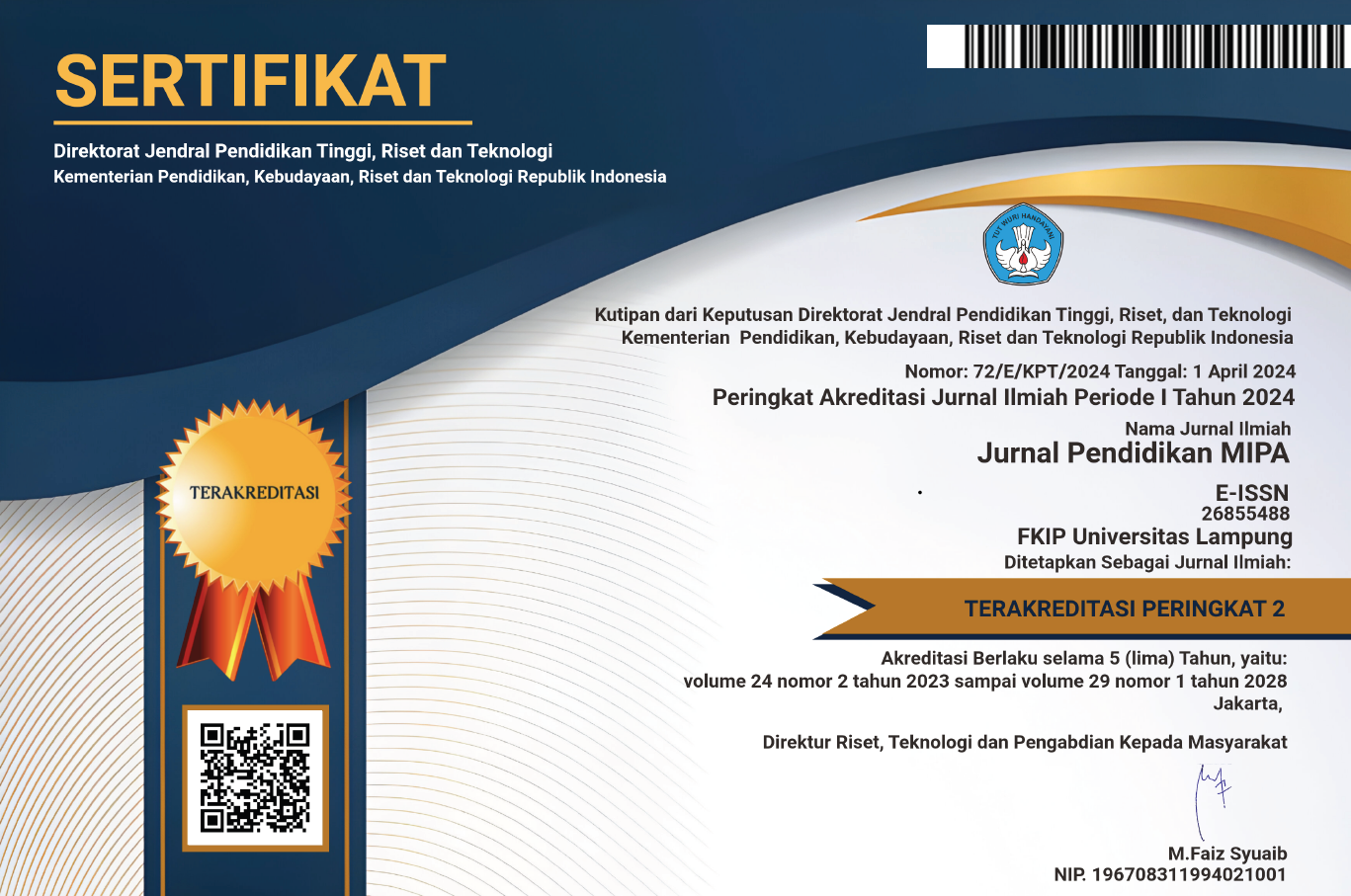Android-Based Diabetes Foot Care Education Application: A User Satisfaction Study on Various Demographic Profiles
 Country:
Country:
(1) Surakarta Health Polytechnic, Indonesia
(2) Surakarta Health Polytechnic, Indonesia
(3) Surakarta Health Polytechnic, Indonesia
(4) Surakarta Health Polytechnic, Indonesia
Abstract: Smartphone educational applications have been developed as an alternative when educating patients. Although many similar applications have been developed, they focus on services and information about diabetes management. For this reason, this research aims to create an educational application in an Android-based smartphone called Rawat focused on diabetic foot wound prevention care. This is based on the fact that the incidence of foot wounds can be prevented by conducting education. Seeing that application users have diverse demographic profiles. It must be a concern that all users benefit so that educational goals can be achieved. Therefore, it is necessary to examine users' satisfaction with foot wound application seen from various demographic profiles. The research design used a Descriptive Comparative, purposive sampling technique with a total sample of 140 respondents as members of Persadia (Indonesian Diabetes Association) at RSUD: Salatiga City, Surakarta City, Surakarta Regency, Prambanan Yogyakarta and Klaten Islamic Hospital. Data were collected using the EUCS questionnaire and analyzed using the Chi Square test and Logistic Regression. The results showed that there was no difference in satisfaction with the Rawat Kaki application in the job profile. For the education, job and age profiles, there were differences in satisfaction. The profiles that were closely related to influencing respondent satisfaction were gender, education and age, while work had no effect.
Keywords: diabetics, demographics, android app, satisfaction.
Alsana S., T.F., W.T. (2021) ‘Perancangan dan evaluasi aplikasi diabetes bagi pengguna lansia’, Universitas Gadjah Mada [Preprint].
Andriyanto, A. & Hidayati, R. N. (2018) ‘Literature review: pemanfaatan media promosi kesehatan (smartphone) dalam mencegah an mengendalikan kadar gula diabetes tipe 2 (Literature Review: Utilization of Health Promotion Media (Smartphone) To Prevent and Control Glucose Type 2 Diabetes)’, Jurnal Ners dan Kebidanan, 5(2), pp. 172–177. Available at: https://doi.org/10.26699/jnk.v5i2.ART.p172.
Astuti, S. L. D. (2024). Differences in satisfaction of type 2 diabetes sufferers with the android-based watdiab application. Jurnal Penelitian Pendidikan IPA, 10(2), 471-478.
Ariansyah, K. (2017) ‘faktor-faktor yang memengaruhi kepuasan pelanggan terhadap layanan pitalebar bergerak’, Buletin Pos dan Telekomunikasi, 15.
Cheng, Y. J., Masingboon, K., Samartkit, N., & Moungkum, S. (2023). Factors influencing foot care behavior among patients with type 2 diabetes mellitus who have a high-risk diabetic foot in China. Nursing Practice Today.
Chomutare, T., Fernandez-Luque, L., Årsand, E., & Hartvigsen, G. (2011). Features of mobile diabetes applications: review of the literature and analysis of current applications compared against evidence-based guidelines. Journal of medical Internet research, 13(3), e1874.
Dincer, B. & Bahçecik, N. (2020) ‘The effec of mobile application on foot care’, Sage Journal, 80(4).
Dinengsih, S., & Hakim, N. (2020). Pengaruh metode ceramah dan metode aplikasi berbasis android terhadap pengetahuan kesehatan reproduksi remaja. JKM (Jurnal Kebidanan Malahayati), 6(4), 515-522.
Doll W J & Torkzadeh (1988) ‘The measurement of end-user computing satisfaction’, MIS Quarterly, 12(2), pp. 259–274. Available at: https://doi.org/10.2307/248851 (
Fu, H. N., Adam, T. J., Konstan, J. A., Wolfson, J. A., Clancy, T. R., & Wyman, J. F. (2019). Influence of patient characteristics and psychological needs on diabetes mobile app usability in adults with type 1 or type 2 diabetes: crossover randomized trial. JMIR diabetes, 4(2), e11462.
Hakim, M. (2016). Kepuasan konsumen dalam berbelanja melalui media online ditinjau dari jenis kelamin. Skripsi Sarjana Psikologi Universitas Muhammadyah Malang.
Izzati, V. A. (2021). Analisis Kepuasan Pengguna Aplikasi Kesehatan Halodoc Melalui Model End User Computing Satisfaction Selama Masa Pandemi Covid-19. Jurnal Ilmiah Mahasiswa FEB, 9(2).
Kilic, M., & Karadağ, A. (2020). Developing and evaluating a mobile foot care application for persons with diabetes mellitus: a randomized pilot study. Wound management & prevention, 66(10), 29-40.
Kim, Y. J., Rhee, S. Y., Byun, J. K., Park, S. Y., Hong, S. M., Chin, S. O., ... & Kim, Y. S. (2015). A smartphone application significantly improved diabetes self-care activities with high user satisfaction. Diabetes & metabolism journal, 39(3), 207-217.
Konda, V. W. D., Restyandito, R., & Nugraha, K. A. (2022). Evaluasi dan perancangan ulang tampilan antarmuka aplikasi sehatq terhadap lansia. AITI, 19(2), 228-247.
Kurniawan, T., Mambang Sari, C. W., & Aisyah, I. (2020). Self management pasien diabetes melitus dengan komplikasi kardiovaskular dan implikasinya terhadap indikator klinik.
Mehraeen, E., Mehrtak, M., Janfaza, N., Karimi, A., Heydari, M., Mirzapour, P., & Mehranfar, A. (2022). Design and development of a mobile-based self-care application for patients with type 2 diabetes. Journal of diabetes science and technology, 16(4), 1008-1015.
Miranda, C., Zanette, G., & Da Ros, R. (2022). Diabetic foot disease during the COVID-19 pandemic: lessons learned for our future. Archives of Medical Sciences. Atherosclerotic Diseases, 7, e94.
Ningrum, N., Sukma, Budiani., & Meita, S. (2023) hubungan antara perceived usefulness dengan kepuasan pelanggan pada pengguna aplikasi kesehatan x, Jurnal Psikologi Udayana, 10. Available at: https://doi.org/10.24843/JPU.2023.v10.i01.p06
Odelia, F., & Sembiring, S. (2024). Analisis kepuasan pengguna aplikasi spotify dengan menggunakan metode utaut. Jurnal Media Akademik (JMA), 2(2).
Sebastian, D., & Hawini, A. H. (2022). Evaluasi dan perancangan antarmuka aplikasi pelayanan kesehatan mobile bagi lansia. Jurnal Terapan Teknologi Informasi, 6(2), 111-119.
Sugandi, M. A., & Halim, R. N. (2020). Analisis end-user computing satisfaction (eucs) pada aplikasi mobile universitas bina darma. Sistemasi: Jurnal Sistem Informasi, 9(1), 143-154.
Wahyudi, C. T. (2019). Aplikasi m-health dalam upaya monitoring perawatan pada pasien diabetes mellitus: studi literatur. Jurnal JKFT, 4(2), 1-10.
Wardoyo, N. B., & Kusumo, M. P. (2023). Education needs analysis through smart-phone applications in changing knowledge, attitude, and behavior among patients with diabetes mellitus. Jurnal Aisyah: Jurnal Ilmu Kesehatan, 8(1), 221-228.
Yustin, E., Wijanarka, A., & Ashari, A. (2020). Efektivitas aplikasi android kesehatan reproduksi remaja terhadap perbaikan perilaku seksual pranikah di SMK X Yogyakarta. JHeS (Journal of Health Studies), 4(1), 96-103.
Refbacks
- There are currently no refbacks.

This work is licensed under a Creative Commons Attribution-ShareAlike 4.0 International License.






